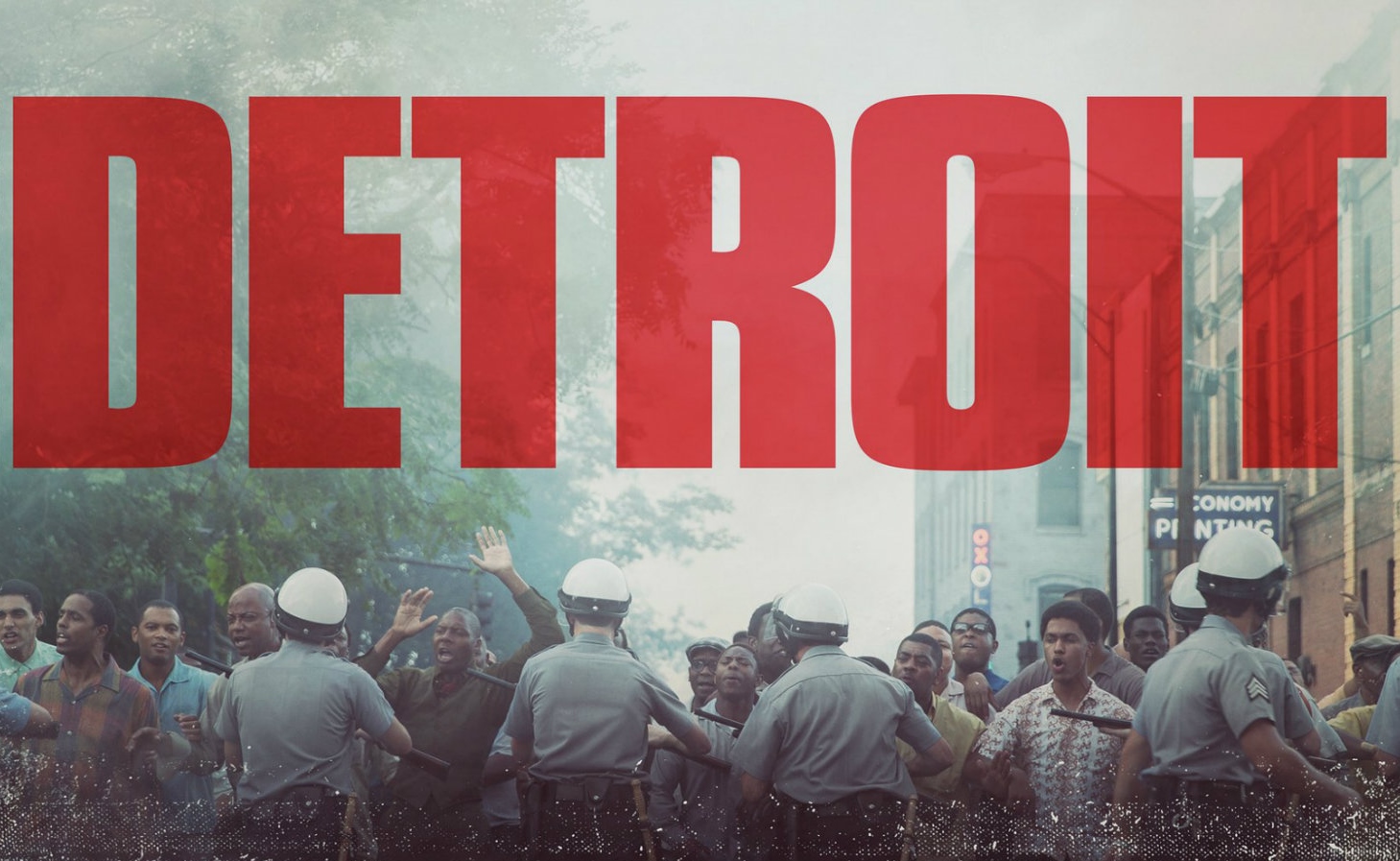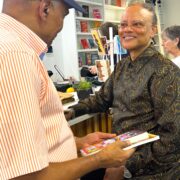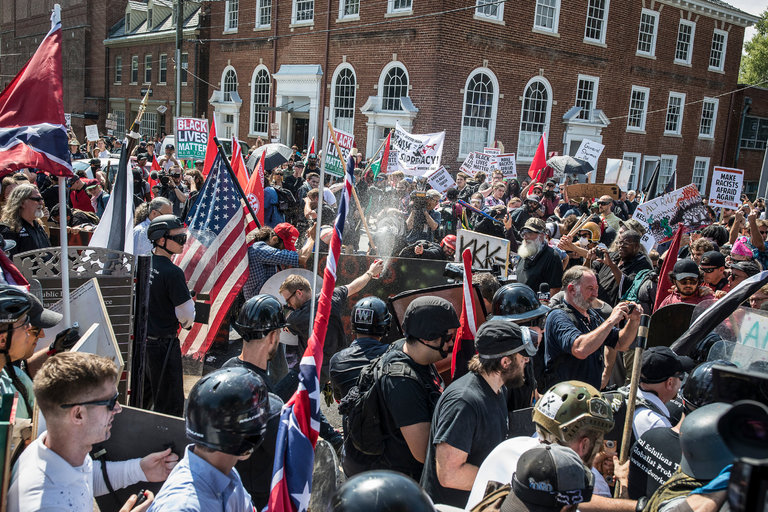
By Louis Gray
The film DETROIT was a much-anticipated film about the tragic and brutal slaying of three young black men at the Algiers Motel during the 1967 riot. The movie was true in that there was a riot, and people died. But, there was so much more than the horrific deaths. The context would have added so much to this story. Instead, we were exposed, not treated, to what amounts to a 40-minute torture scene which ended badly for everyone but the killers. So, as a retelling of a story that needs to be told, this turned into a horror film with people so upset at the naked violence and prolonged terror some walked out of the theater.
True enough that happened, but the story of why Detroit exploded and why the police struck back is the story. And for that reason, what would be gained from watching this film?
Kathryn Bigelow, the acclaimed director of movies like the HURT LOCKER, for which she won an academy award, missed the mark on this effort.
Working with a script from Mark Boal, she basically directed a horror film. While horror was unavoidable, it was overdone and shifted focus from other relevant points. Scant attention was given to Larry (Algee Smith) the singer for the Dramatics who survived that ordeal but could not get back on stage to perform for those who thought so little of him as a person. He went on to work in a church to use his talents to praise God and perhaps as his way of dealing with his brush with the horrors of police brutality.
What may be important is to ask, “how much has changed?” Perhaps riots are fewer and opportunities are greater. But, is there still danger and an uneasy relationship with law enforcement? Yes. For that reason, films of true events need to be told and despite unpleasant scenes of brutality they must try to say what was silenced for so long. But, in this case the brutality went too far for many.
Tulsans only have to think back a few months to remember African Americans shot down by police for roughly the same reasons as what the accused Detroit policemen claimed, “they felt in danger.”
Officers Shelby and Kepler have uttered the same reason for pulling the trigger to shoot unarmed African Americans. Safety is not a state of being on the streets for all Americans.
The NAACP has issued a travel ban for an American state when they said blacks should avoid the state of Missouri.
At issue, recently is the yet to be signed law which says discrimination can be claimed if it was the motivating factor in an incident where is says under current law it could be a contributing factor. Last week was also the third anniversary of the Ferguson riot when Michael Brown was shot by officer Darren Wilson because he felt he was in danger by the unarmed young man. Brown was shot multiple time in the face and left for hours in the hot streets of Ferguson, MO. There has been some increase in the number of African Americans hired on the police force now but relations are still tenuous.
Detroit was a place that had a long history of civil rights and have worked hard to improve the lives of their community. They were met with opposition and at one point 200,000 people took to the streets to fight against police brutality and other social ills. It did not start with a riot and certainly not end with a riot. Perhaps it wouldn’t hurt to explain to people, to help learn, and not just be sicken or hurt.
Like other stories of those hard days, the stories did not always have a happy ending and there was no victory. No one came to the rescue and men died. Spoiler alert. Justice was not found that day or since. Men are still being shot down because of the color of their skin and a policy that allows police to pull the trigger if they feel unsafe. Police forces are made up of good men and women, but there are still those who make it on the force who should never wear a gun or be in a position of responsibility because they are dangerous.
That story needs to be told and DETROIT showed the symptoms but not the cause.










